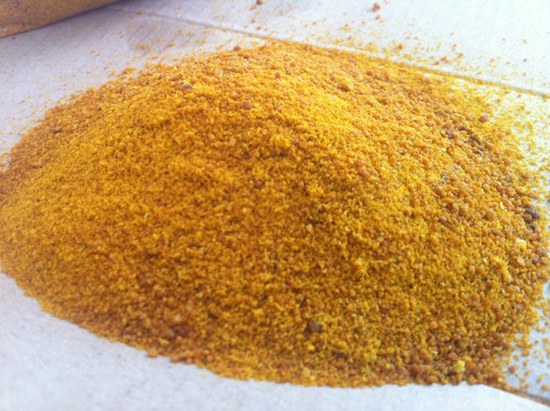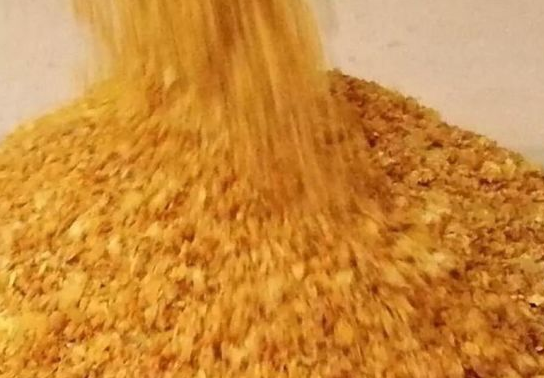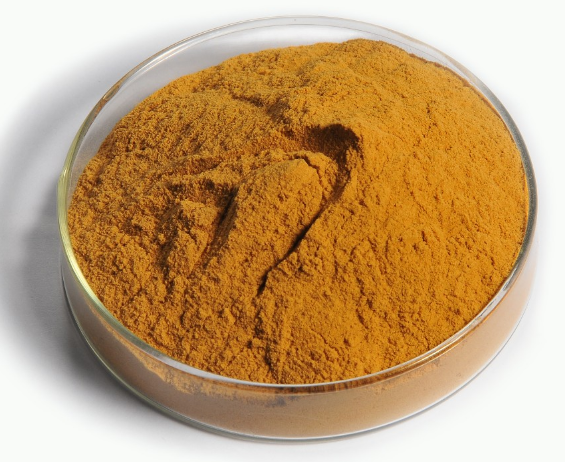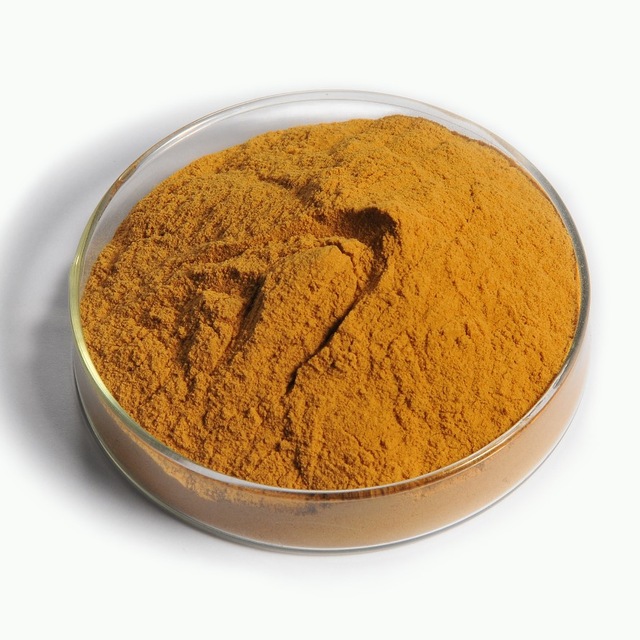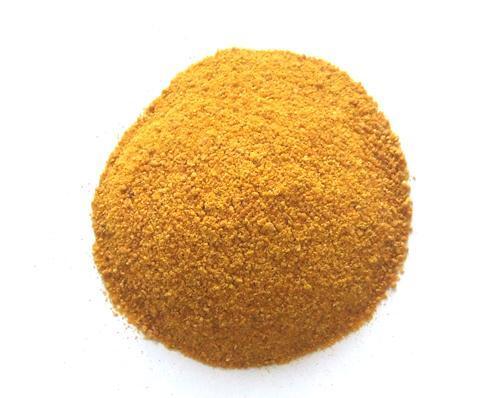What is the difference between corn gluten meal & corn meal?

Garlic powder allicin for poultry feed additives
October 17, 2017
high protein corn gluten meal 60% for animal feed
November 1, 2017corn meal and corn gluten meal have similar names and spring from the same crop, it’s natural to assume they have similar uses. In fact, corn meal is a food-grade product, while corn gluten meal is primarily meant for farming and gardening. Both can be useful to the self-sufficient householder, but they shouldn’t be substituted for one another.
Corn gluten meal, a byproduct of commercial corn milling, poses no health risk to people or animals and is a nontoxic substitute for synthetic preemergence herbicides. It’s a weed-and-feed product.Corn gluten meal is a preemergence product for crabgrass and other pesky weeds, but it does not kill existing plants. Annual weeds that are already up and growing will not be killed, but most of the seeds they produce later in the season shouldn’t sprout.
Because it contains 10 percent nitrogen by weight, corn gluten meal doubles as a slow-release organic fertilizer. By applying corn gluten meal at the recommended rate, you are giving your lawn a total of 4 pounds of nitrogen annually, which is sufficient for your lawn’s needs.
Corn gluten meal is available at nurseries and feed stores. Check the content label to find the corn gluten meal products.
Corn Gluten Meal Uses
Corn gluten meal is not edible by human standards, although it has food applications for pet, cattle and poultry feed. In the early 1990s, researchers discovered that corn gluten meal also had value as an organic herbicide and fertilizer. Specifically, gluten meal targets weed seeds which have not yet begun to sprout, and prevents them from germinating. For this reason, corn gluten meal works best when applied in the spring, or just before the emergence of late-blooming weeds. It does not control annual weeds which have already sprouted, nor established perennial weeds. On the other hand, corn gluten meal is effective in stopping the emergence of seeds cast by perennial weeds, which controls their spread. Rodale’s “Ultimate Encyclopedia of Organic Gardening” also recommends using corn gluten meal as a natural fertilizer. Its 10 percent nitrogen content makes it a suitable substitute for manure or artificial nitrogen fertilizers, according to the encyclopedia. Because corn gluten meal prevents seeds from germinating, it should only be applied to established gardens or lawns.
Corn meal is made by grinding dried corn kernels. Manufacturers use grain corn, as opposed to varieties used for fresh eating or for popcorn. Most grain corn becomes animal feed, but about 10 percent is used for food products like corn meal and corn flakes.
Corn Meal Uses
Use corn meal to coat meats, fish or chicken before cooking, or as as the main ingredient in breads, muffins and pancakes. Unlike other flours, corn meal also works well as a breakfast cereal, as dessert pudding or in hearty dinner dishes like polenta. The gluten-free grain is often enriched with calcium and with B and D vitamins, according to University of Minnesota’s extension program.


